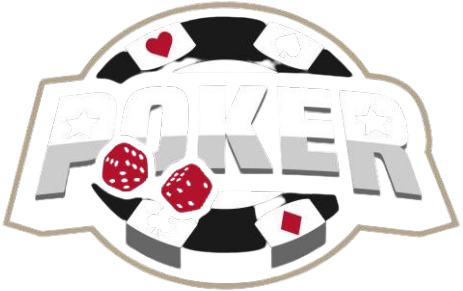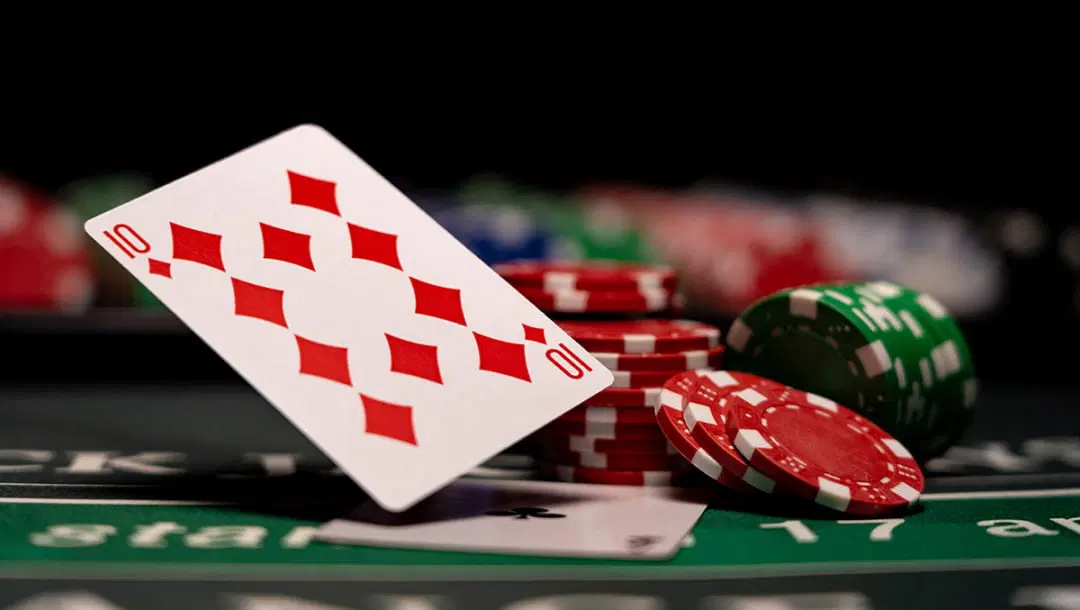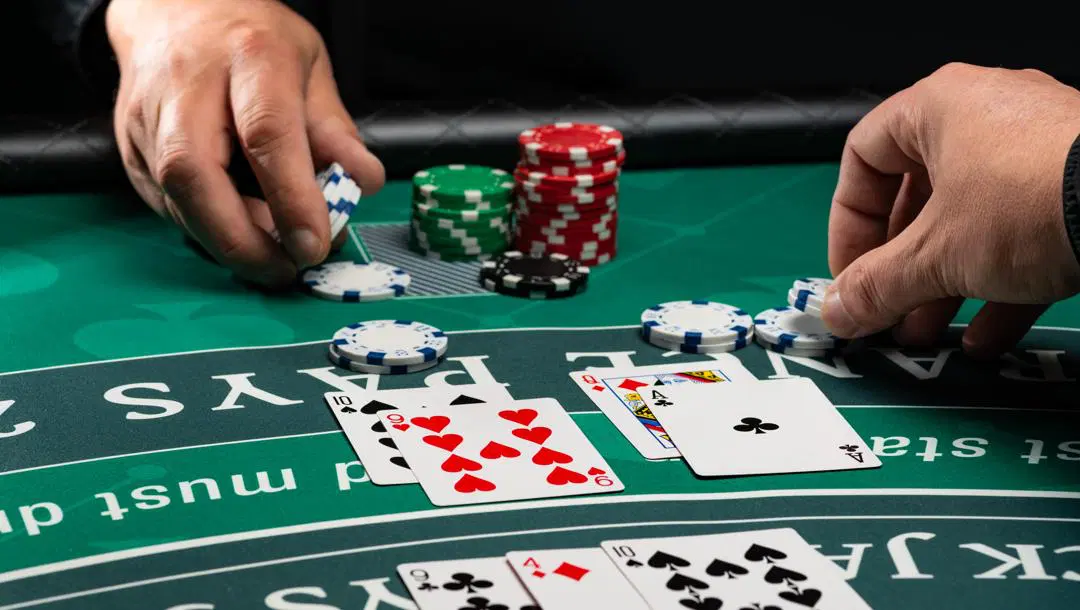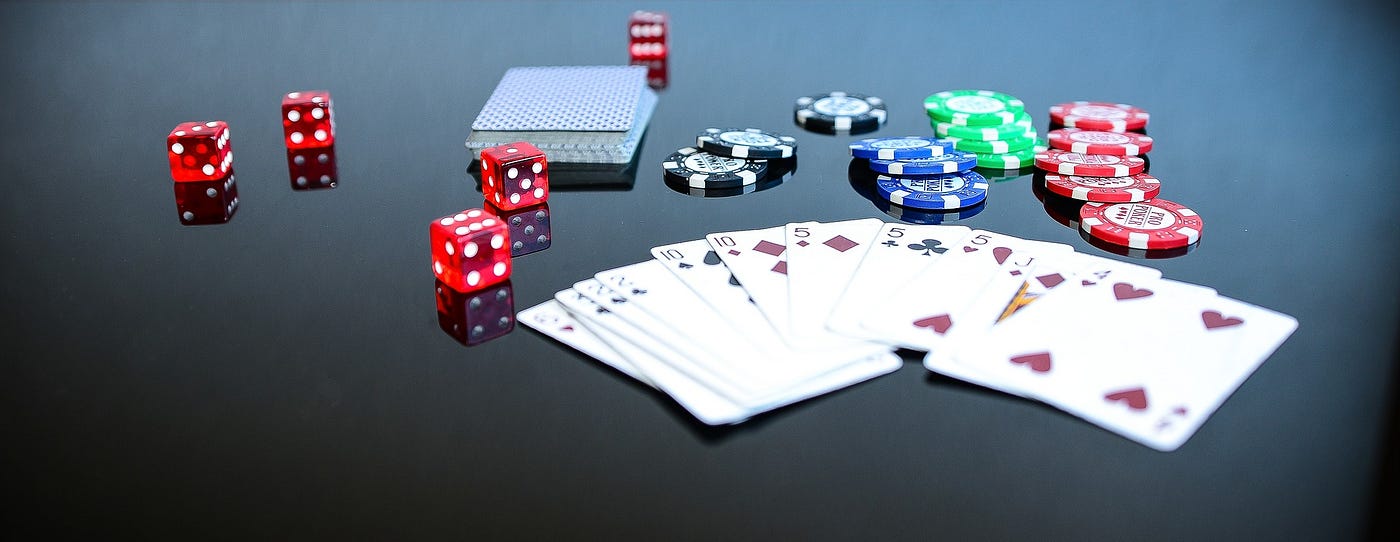Poker is a game of skill, psychology, and understanding the hierarchy of hands. Among the various hand combinations, the straight is one of the most powerful yet misunderstood. If you’ve ever wondered what counts as a straight, how to play it, and where the ace fits into the mix, you’re in the right place.
In this guide, we’ll break down the straight poker hands, share multiple straight poker hand examples, and clarify the special role of the straight poker ace. Whether you’re new to poker or brushing up on your game, this article provides practical insights and expert explanations to boost your strategy and understanding.
What is a Straight Poker Hand?
In traditional poker hand rankings, a straight consists of five cards in numerical sequence, regardless of suit. This hand beats three-of-a-kind and two pair, but it loses to a flush, full house, four of a kind, straight flush, and royal flush.
➤ Basic Definition:
A straight is a five-card hand that includes cards in consecutive order, such as 5♠ 6♦ 7♣ 8♣ 9♥.
Suits don’t matter in a straight game — only the sequential order of the cards.
Straight Poker Hands in the Official Ranking
Here’s how a straight stacks up in the official hand rankings used in poker games like Texas Hold’em, Omaha, and straight poker:
| Rank | Poker Hand | Description |
|---|---|---|
| 1 | Royal Flush | A♠ K♠ Q♠ J♠ 10♠ — same suit |
| 2 | Straight Flush | 5 cards in a row, same suit |
| 3 | Four of a Kind | 4 cards of the same value |
| 4 | Full House | 3 of a kind + a pair |
| 5 | Flush | Any 5 cards of the same suit |
| 6 | Straight | 5 cards in a row, mixed suits |
| 7 | Three of a Kind | 3 cards of the same value |
| 8 | Two Pair | 2 separate pairs |
| 9 | One Pair | 2 cards of the same value |
| 10 | High Card | The highest individual card wins if no hand is formed |
You can reference these rankings on PokerNews’s official hand ranking guide.
Straight Poker Hand Examples
To fully understand how straight poker hands work, it helps to see actual examples. Below are several combinations and explanations:
Example 1: 4♠ 5♣ 6♦ 7♠ 8♣
This is a standard straight, also known as a “middle straight.” It beats any three-of-a-kind or two pair.
Example 2: 10♦ J♣ Q♠ K♥ A♦
This is a Broadway straight — the highest possible straight. It is not a royal flush because the suits don’t match.
Example 3: A♣ 2♠ 3♦ 4♥ 5♣
This is a wheel, straight or low straight. The ace counts as 1 in this specific case.
Example 4: 6♥ 7♣ 8♦ 9♠ 10♠
Another standard straight. Though two cards are of the same suit (spades), the overall hand is not a flush.
Not a Straight Example: 4♣ 6♦ 7♠ 9♣ J♠
These cards are not in sequential order, so this is not a valid straight.
Understanding the Role of the Ace in Straight Poker Hands
The ace is unique because it can function as both the highest and lowest card in a straight.
Ace as the High Card:
-
Example: 10♠ J♦ Q♣ K♣ A♥
-
This is the highest possible straight, also known as the “Broadway” straight.
Ace as the Low Card:
-
Example: A♣ 2♠ 3♠ 4♦ 5♦
-
This is the lowest straight, often referred to as the “wheel.”
Important Rule:
The ace cannot “wrap around” in straights like Q♠ K♠ A♣ 2♣ 3♦. That is not a valid straight.
Knowing when the ace counts as high or low can make or break your hand, especially in a tight game.
Straight Poker Hands in Different Game Variants
Straight hands are ranked consistently across most poker variants, but how they come into play depends on the game format:
Texas Hold’em
-
Players use 5 cards from a combination of 2 hole cards and 5 community cards.
-
A straight is very valuable and often hidden, especially if formed with one community card and four personal cards.
Omaha
-
Players must use exactly 2 hole cards and 3 community cards to form a straight.
-
Often, multiple players have straights, and kicker cards (the highest card in the straight) determine the winner.
Straight Poker
-
In this classic game, each player receives 5 cards, and there’s no draw.
-
A straight is one of the strongest achievable hands due to the limited action.
To learn more about how hand strengths vary by game, explore this resource from Upswing Poker’s hand strength guide.
Strategy Tips for Playing Straight Poker Hands
Understanding how and when to bet on a straight is crucial to maximizing wins and avoiding traps. Here are five expert tips:
1. Recognize the Drawing Potential
If you hold cards like 6♠ 7♣ 8♦, you’re only two cards away from completing a straight. These are known as “straight draws.” There are two types:
-
Open-ended straight draw: Four cards in a row (e.g., 5♠ 6♦ 7♣ 8♣) – two cards can complete the hand.
-
Inside straight draw: A single missing middle card (e.g., 4♠ 6♣ 7♦ 8♠) – only one card completes the straight.
2. Don’t Overvalue Low Straights
An A-2-3-4-5 straight is vulnerable to higher straights. Don’t go all-in too soon unless you’re confident your opponent doesn’t have stronger cards.
3. Be Wary of Paired Boards
If the community cards include a pair (e.g., 5♣ 6♠ 7♦ 7♣ 8♥), a player could have a full house or four of a kind, which beats a straight.
4. Learn Hand Reading
If an opponent plays passively but suddenly raises when the straight completes, consider whether they have a flush, full house, or even straight flush.
5. Use Position to Control the Pot
Late position allows you to evaluate other players’ actions. If they check on the turn and you complete a straight, a well-timed bet can build the pot, or force a fold.
Common Questions About Straight Poker Hands
Can two players have a straight?
Yes, and in such cases, the higher straight wins. For instance, 9♠ 10♦ J♣ Q♠ K♦ beats 5♣ 6♠ 7♦ 8♦ 9♥.
What if both players have the same straight?
If both players share the same top card sequence (usually via community cards), the hand is a tie, and the pot is split.
Is a straight better than a flush?
No. A flush (five cards of the same suit) beats a straight in standard poker rankings.
Can a straight beat a full house?
No. A full house (three of a kind + a pair) is stronger than a straight.
Final Thoughts
A straight may not be the rarest poker hand, but it’s one of the most exciting to play, especially when it hits unexpectedly. By understanding how straight poker hands are ranked, memorizing straight poker hand examples, and learning the proper use of the straight poker ace, you’ll play smarter and win more pots.
The next time you’re one card away from a straight, remember: timing, position, and observation are everything.



